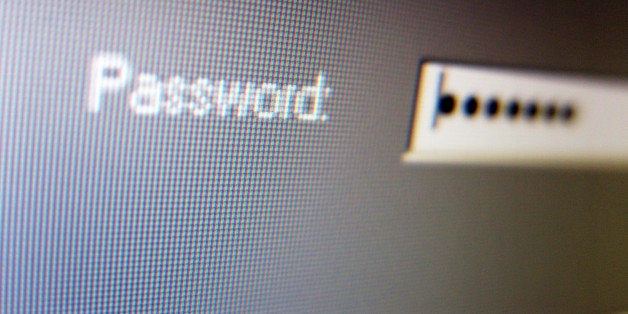
In the last few weeks, we have seen cyber attacks on Sony Pictures, the Playstation Network and Xbox Live. Most recently, CENTCOM's Twitter and YouTube accounts were vandalized by a group claiming to be a part of ISIS. Hackers have been breaking into seemingly secure systems for years, but the online attacks are growing more serious every day.
The common denominator in most attacks is identifying your password. In the case of a recent break-in at a Fortune 500 company, the CEO's password was so simplistic that a simple hacking program could crack it in less than five minutes. Sadly, this is the norm. At least one username/password combination can be found online for nearly half of the Fortune 500 companies. Failing to address the password's limitations is a big reason why digital security spending exceeded $70 billion in 2014 and is expected to skyrocket to $86 billion by 2016.
It's clear that after years of effort and billions of dollars spent trying to fix the problem, passwords are still deeply flawed, often because of the fallible people using them. Two-factor authentication is considered the gold standard in online security today; it's listed as a "best practice" for individuals and corporations alike. But even so, it only masks password insufficiencies while creating a daily annoyance that people do not accept.
It's time to analyze and address the root of the problem: passwords.
The computer password was first adopted in 1961, prior to man landing on the moon, before the end of smallpox, and long before the Internet. Yet despite all of our technological progress over the past 50 years, and despite daily reminders of its failure to protect the world's most powerful people and institutions, we rely on passwords every day.
To update our view of protection for a modern world, we need to create practices that take into account how we live today, not 50 years ago. Before the computer revolution, we used bank vaults, personal safes, security guards and a locked door to protect things of value. Today, we use GPS technology, mobile phones, and biometric scanners, which can also be enlisted in the fight for a secure world. Now more than ever, our money, investments, and most important documents are protected by a series of ones and zeros in the cloud. Even our houses, cars, paintings and jewelry are going digital with the growth of smart homes, self-driving cars and the "internet of things." And along with it, susceptibility to hacking is on the rise.
But there is good news on the horizon. With more private data online than ever before, companies in 2015 will finally begin to remove the burden of security from their users. They'll begin to integrate proven technologies in modern ways to make authentication invisible in our daily lives. These innovative, patent-pending technologies are the digital equivalent of adding deadbolts to your online and cloud accounts. Your accounts will soon become much more secure than relying on passwords or two-factor authentication alone.
The unprecedented rise of the connected age, like any big societal change, leads to unexpected and dramatic questions about safety and security. But the concept of security requires innovators and their products' users to work together. Silicon Valley is busy creating the next generation of smart technologies to protect our lives online and off. Now we need individuals to embrace them.